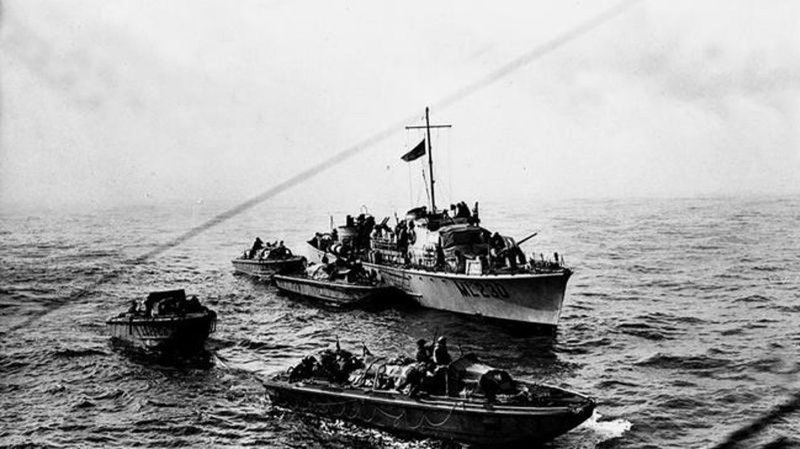
80 years after Dieppe, postcards share stories of soldiers who died in deadly raid
Paris Eakins was 26 years old when he joined the Royal Canadian Air Force in November 1940 during the Second World War.
He was born in Minnedosa, Man., where he lived until he attended the University of Manitoba, graduating with a bachelor of arts degree. Eakins worked at his town’s newspaper and went on to join the sports department at the Winnipeg Free Press.
After he enlisted, Eakins worked his way to become a pilot officer in a fighter squadron based in England in 1941. The next year, he was killed in northern France during the disastrous Dieppe Raid. He was 27.
Eakins’ story is featured in a Canadian postcard campaign ahead of the 80th anniversary of the raid on Friday.

